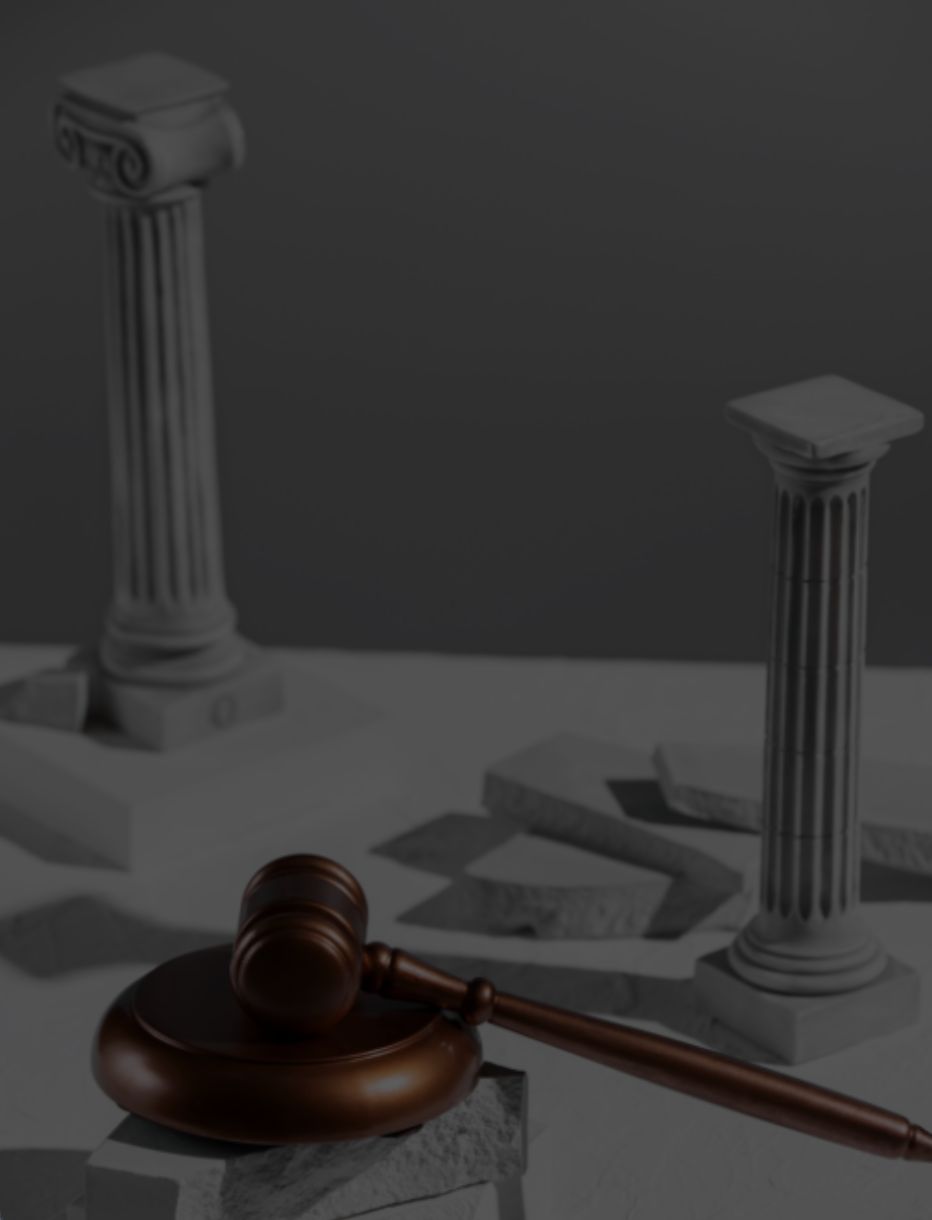When it comes to insurance claims, particularly in personal injury cases, the defence of volenti non fit injuria plays a significant role. Derived from Latin, the term translates to “to a willing person, injury is not done.” This legal principle is often invoked by defendants in a variety of cases, including Employers Liability, Public Liability and Motor Liability claims. But how does this defence work in practice? In this article, we will explore the concept of volenti non fit injuria and how it might be applied in different accident scenarios, using real cases from our office.
What is Volenti Non Fit Injuria?
Volenti non fit injuria is a defence used in personal injury cases to argue that the Plaintiff willingly accepted the risk of injury, thus negating any liability for the defendant. This defence essentially asserts that the person who suffers harm or injury did so voluntarily and with full knowledge of the risks involved.
In order for this defence to succeed, the defendant must prove that:
- The plaintiff had knowledge of the risk involved in the activity or situation.
- The plaintiff voluntarily consented to take that risk and in doing so waives any right of action against the defendant in respect of any breach of duty of care or injury arising therefrom.
If the answer to each is in the affirmative then the wrongfulness of the Defendant’s conduct is excused and claimant is precluded from recovering damages
Workplace accidents are a common area where the defence of volenti non fit injuria (the voluntary assumption of risk) may be raised. Employers and insurance companies might invoke this defence when they believe an employee has voluntarily assumed a risk associated with their work. For example, if an employee willingly engages in a hazardous activity without proper safety equipment or training, an employer may argue that the employee accepted the risks involved.
However, it is challenging to successfully apply the defence of volenti non fit injuria in workplace accidents. Employees have a statutory right to work in a safe environment, and employers are legally required to take steps to ensure the safety of their workforce. If an accident occurs due to employer negligence—such as failing to provide adequate training or safety measures—the defence is unlikely to succeed. In such cases, the injured employee can pursue compensation for their injuries.
A recent case we handled involved a construction company working on a residential project in Belfast. At the time, the house had only been completed to the first floor level, and no scaffolding or barriers had been installed. The plaintiff, an employee, was aware that the scaffolding and barriers had not yet arrived but was eager to continue the work. Without the employer’s knowledge or permission, he began working, leading to a fall from a height of 15 feet and serious injury.
In our defence, we argued volenti non fit injuria on the grounds that the plaintiff knowingly began work without the authority to do so and voluntarily accepted the risks involved in working in unsafe conditions, without proper safety measures.
Volenti non fit injuria can also play a role in public liability claims, such as slip-and-fall incidents. For example, if someone knowingly participates in an activity with inherent risks, such as attending a sports event or engaging in a dangerous recreational activity, this defence may be invoked in the event of an accident.
We represented a security management company hired to provide security services at a live music event. One of the attendees, the plaintiff, decided to crowd surf during the performance and sustained a serious head injury after colliding with a metal barrier at the front of the venue. In our defence, we argued that the plaintiff voluntarily exposed herself to the risk of injury by engaging in the inherently dangerous activity of crowd surfing.
While the defence of volenti non fit injuria is less commonly applied in motor accident claims, it can still be relevant. For example, if a driver willingly engages in dangerous behaviour, such as racing or driving under the influence of alcohol, the defendant may argue that the claimant voluntarily assumed the risk of injury. To succeed, the defendant would need to demonstrate that the claimant knowingly participated in the risky conduct.
In a recent case, we were instructed by an insurer to act on behalf of their policyholder, who chose to drive a motor vehicle intoxicated and caused a collision where the Plaintiff was a passenger in his vehicle. Both parties were friends and had consumed alcohol, and despite being intoxicated, the defendant chose to drive all parties home. The plaintiff accepted a ride from the defendant, fully aware that the driver was under the influence. We raised volenti non fit injuria in our defence, arguing that the plaintiff voluntarily assumed the risk of injury by accepting a lift from an intoxicated driver.
Key Considerations of Volenti Non Fit Injuria for Insurance Law Firms
For insurance law firms in Northern Ireland, understanding the nuances of volenti non fit injuria is essential when defending or advising clients in personal injury cases. Here are some key factors to consider:
-
Risk Awareness and Consent: The claimant must have known and voluntarily accepted the risk involved. This is often difficult to prove, especially in cases where the individual was not fully aware of the potential danger or was under duress.
-
Employer Duty of Care: In workplace accidents, the employer’s responsibility to provide a safe working environment is paramount. Volenti non fit injuria is unlikely to succeed if the employer was negligent in fulfilling this duty.
-
Public Liability Considerations: In public liability claims, defendants may attempt to invoke volenti if the claimant knowingly assumed the risk. However, if negligence is present—such as failure to provide adequate warnings or safety measures—the defence is less likely to succeed.
-
Motor Liability Defences: While volenti can be raised in motor accident claims, it is typically unsuccessful unless the claimant was engaging in reckless behaviour that directly contributed to the injuries.
Conclusion
The defence of volenti non fit injuria is an important legal concept in personal injury claims, and its application can vary depending on the circumstances surrounding an accident. Whether the case involves a workplace accident, a public liability claim, or a motor liability claim, understanding when and how this defence can be invoked is crucial for both plaintiffs and defendants. Insurance law firms in Ireland must carefully assess the facts of each case and consider all elements of risk, consent, and negligence when determining the viability of this defence.
For insurance companies, working with experienced legal counsel can ensure that claims are appropriately defended, while claimants must be aware of their rights and the challenges of countering this defence. Legal professionals play a key role in navigating the complexities of volenti non fit injuria and ensuring fair outcomes for all parties involved.














